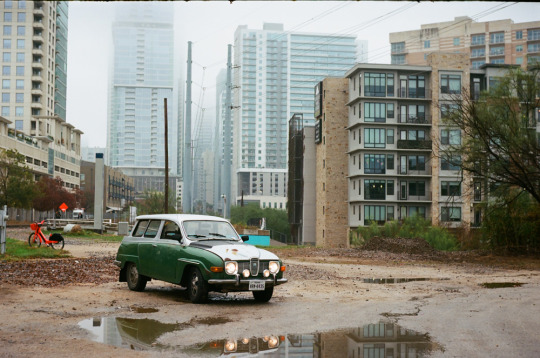Photo


Got a can of rubbing compound out. Which just made me realize the old respray is not very good, with lots of orange peel. Still looks better than oxidation.
3 notes
·
View notes
Text
Understanding the Death of the Electric Streetcar.

The photo above is of Richmond, Virginia’s last streetcar being burned in 1949. Richmond was the first city in the world with a successful electric streetcar system.
The electric streetcar, or trolley was an American invention, and prior to WWII, the United States had more streetcar systems than any other country. If they were so popular, why did they all disappear? Well most popular ideas on the subject are (nearly) completely wrong. Here’s the real deal.
You will hear a lot of baloney about why streetcars disappeared. From conspiracy theories, to spurious, but believable claims about them being far too expensive compared to buses.
While it is true that in some cities oil companies and automakers (looking at you GM) conspired to replace streetcars with buses, and it is also true that building and maintaining electric streetcar infrastructure is expensive - these were relatively minor problems in the big picture of street railways in the U.S. Let’s look at the things that killed streetcar systems in rough chronological order.
1: The vast majority of street railways systems were under-capitalized, under-maintained, and/or haphazardly built and operated. In fact a good deal of systems weren’t even made to provide proper transport. A popular thing to do in the 1890s was for a developer to buy up a huge plot of land just outside of a city, build some houses, sell some plots, and then lay down the cheapest streetcar line they could into the city, just to ferry prospective home owners out to their new suburb. These lines would then be bought up and incorporated into a larger existing system, or they would be run to death and abandoned - or if the whole development failed, simply scrapped. Other systems were just built in towns too small to sustain their operation.
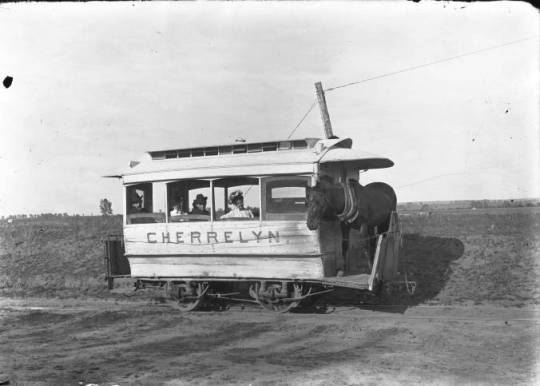
2: In many cities streetcar operators purchased franchise rights from the city. The conditions laid down by the city would seem ridiculous by modern standards, and in many cases were not practical. Streetcar companies for instance had to maintain any street they laid rails on. They also had to get their fare rates approved by the city, promise certain levels of service, etc. The primary problem with this was that most cities would not let operators raise fares enough to operate profitably. Many companies got stuck with 19th century fares well into the 20th century. Predictably they had to go out of business or cut back service to survive. And when they cut back service, people just bought cars and most of their customer base evaporated.
3: World War II. Gas rationing meant that ridership of street railways went WAY up during the 1940s - on many systems that had already thrown out their redundant rolling stock, and torn up less trafficked lines during the 1920s and 1930s. These systems also couldn’t build new rolling stock, or replace worn out rails due to steel rationing. By the end of the war many systems were so worn out there wasn’t even a question of refurbishing them - there was hardly anything left to refurbish. For most this meant scrapping all the streetcars and rails, and buying buses or trolley buses.
4: One way streets. Supposing a line survived the war to be in good enough condition to be serviceable and a company decided to refurb or replace aging rolling stock - the next big obstacle was the adoption of one way streets after the war. On a two way street a line may only have used one set of tracks and simply reversed car direction at the end of the line. If the street became one-way, the company then had to lay a new line on the adjacent street - that is if the city would let them, and if they could afford it given how much work the existing systems needed after the war. Even trolley bus systems were killed by one way streets. Denver which abandoned rail service in favor of the electric buses in 1950, ended up selling them off only a few years later when one way streets were adopted in that city.
5: They looked old fashioned. It’s a superficial argument, but it was a very convincing one. Streetcars were old tech after WWII. People didn’t want to be seen riding them, cities didn’t want to have them on the streets, companies knew buses looked new and provided a novelty factor that had long since vanished from electric mass transit. Some cities did buy all-new streetcars, plate them in chrome or flashy paint jobs, but most didn’t. Everything was scrapped, and the money used to buy new buses. Rails were out, rubber was in. People really wanted a new world in the 1950s, and the old rail systems just had too much baggage.
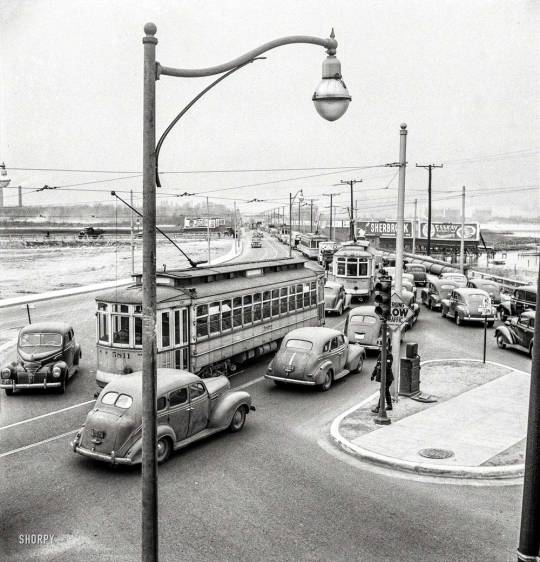
6: It all adds up. When a system wasn’t making enough money because the city wouldn’t let them raise fares, they cut back service. When service was cut back people bought more cars. When people bought more cars cities had to institute one-way streets to accommodate increased car traffic. One-way streets meant rails and wires had to be relocated to more streets, which the system then also had to pay to maintain, streets which were getting wore out faster because more cars were being used by people who wouldn’t ride the streetcar because it looked old-fashioned... and it’s no wonder they threw the whole shebang into the trash.
There are of course, a myriad of smaller annoyances in getting a street-level rail system to work along with modern traffic (such as making a right turn from the middle lanes) but these are mere trifles compared to the big issues listed above.
So when somebody tells you about conspiracies, or oversimplifications about buses being obviously better and cheaper - remember the truth is way more interesting and intricate.
3 notes
·
View notes
Photo
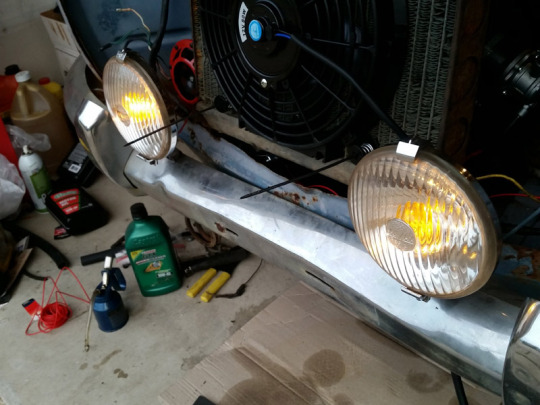
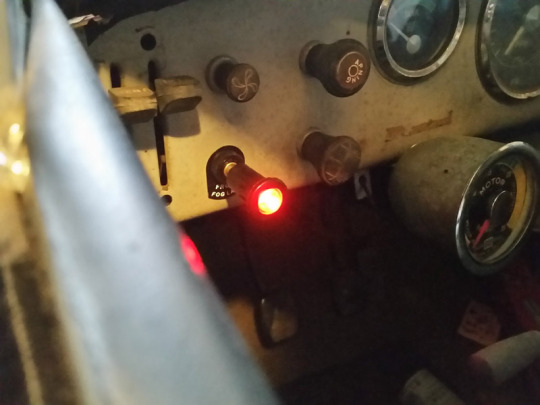
Fog lights are wired in. Vintage look “Lucas” lighted switch, I got off ebay. Pretty sure Lucas has nothing to do with this. Pretty chintzy quality, but it does work, so ok. Wired through a relay, as I don’t think the switch could handle the wattage of these fog lamps.
2 notes
·
View notes
Video
youtube
Finally got the ‘68 Saab started on gasoline. Previously used a shot of starting fluid to see if it would fire up. The screwdriver is jammed in the carb to disable the autochoke, which closed fully on the previous attempt - I didn’t want to flood the engine. Might have this car back on the road before the end of next month!
1 note
·
View note
Photo
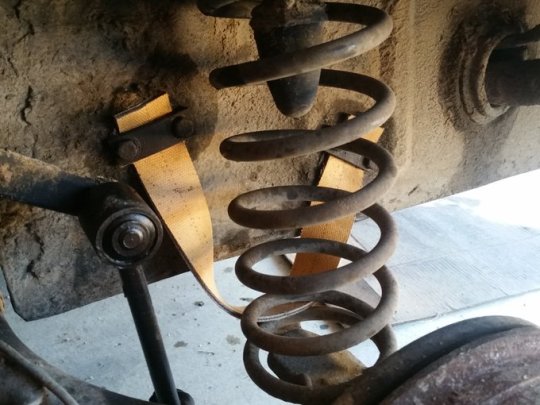
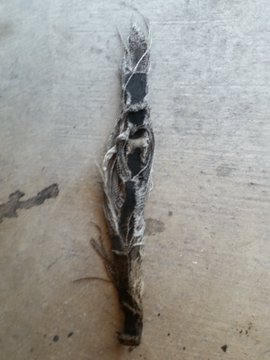
Replaced the 50 year old suspension limiting straps on the Saab 95. Rotated the tires, and greased the steering rack.
The car really needs the front end rebuilt, but that will have to wait for now.
6 notes
·
View notes
Photo
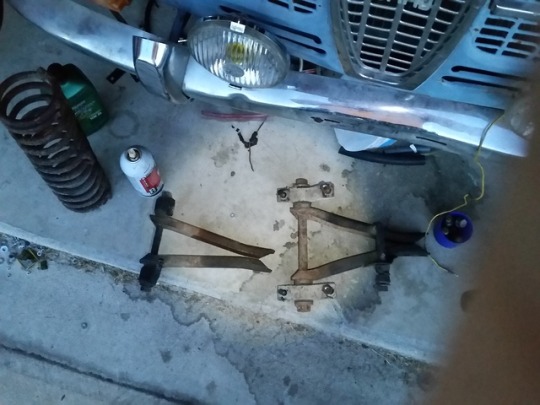

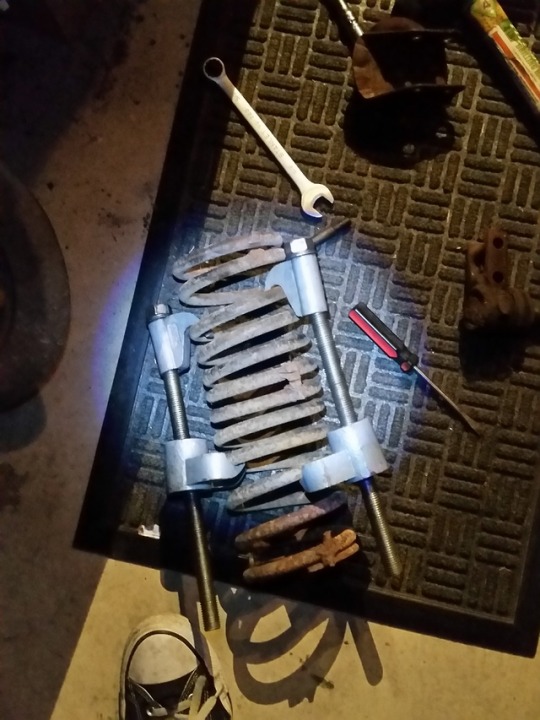
Have the driver’s side front end entirely apart now. Axle out, knuckle out, A-arms out, and spring out. I did not enjoy removing the spring, which is covered in weld blobs and cuts. Apparently some previous owner tried to lower the car by welding a few turns of the spring together. In any event the heat from welding would’ve ruined the temper of the spring.
New bushings, ball joints, springs, and bump stops are going in.
8 notes
·
View notes
Photo
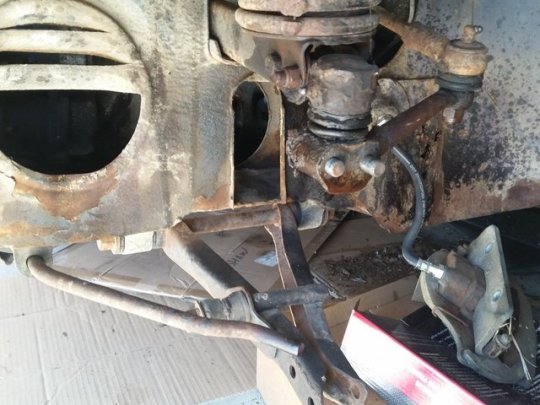
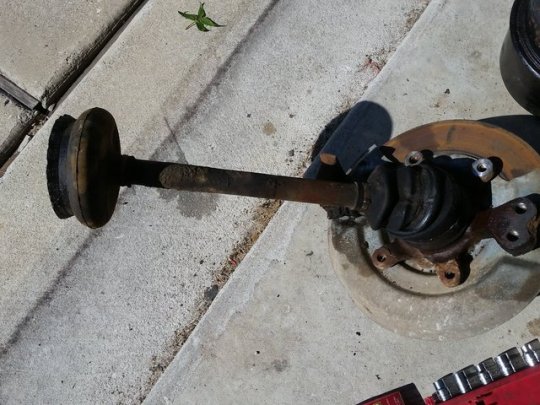
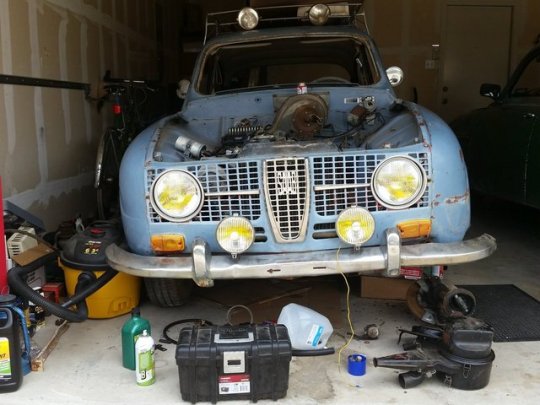
Removing the drive shafts and A-arms from the Saab 96.
28 notes
·
View notes
Photo



Saab 95, muddy.
11 notes
·
View notes
Photo
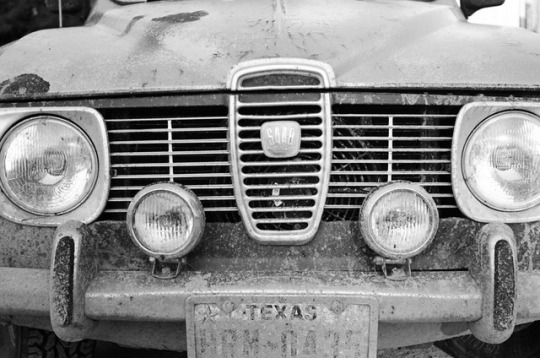

10 notes
·
View notes
Photo



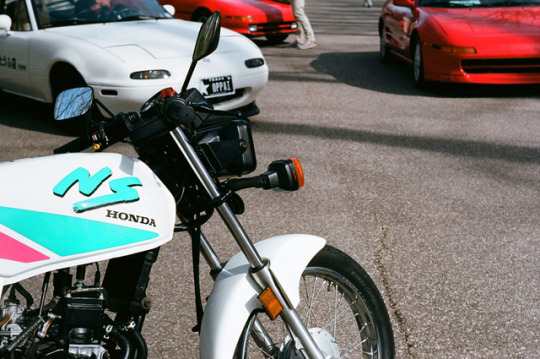
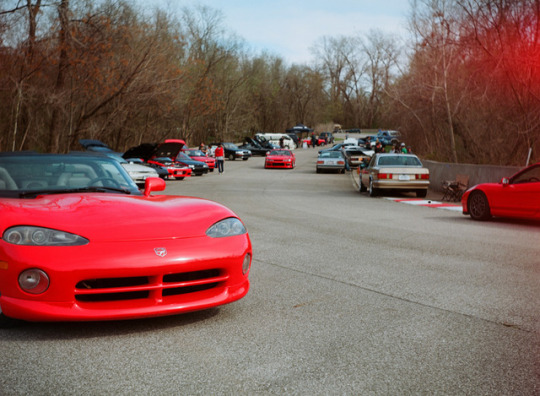
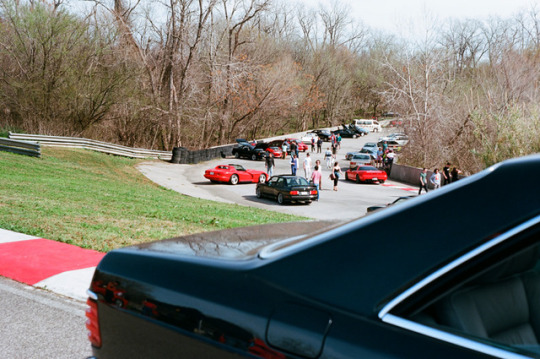

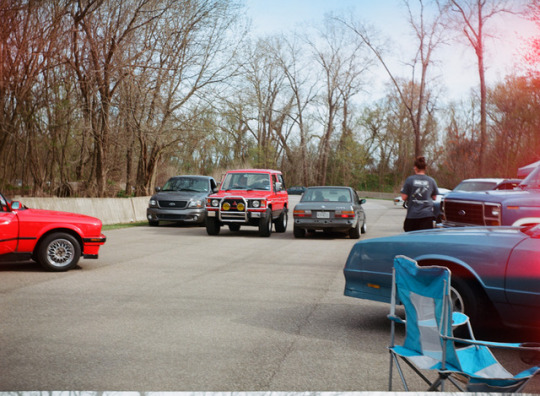
Rad Wood Austin.
4 notes
·
View notes
Photo

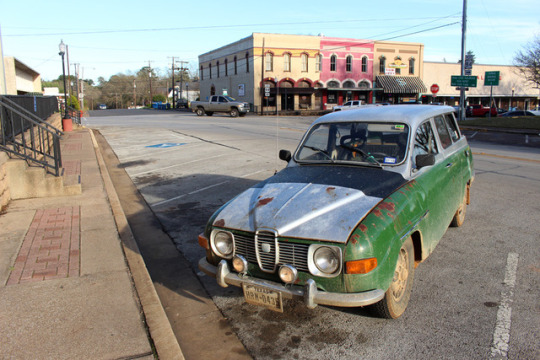


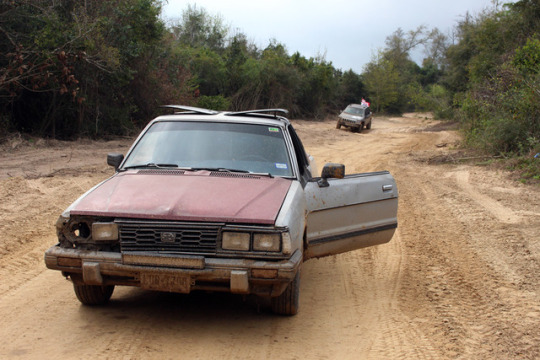
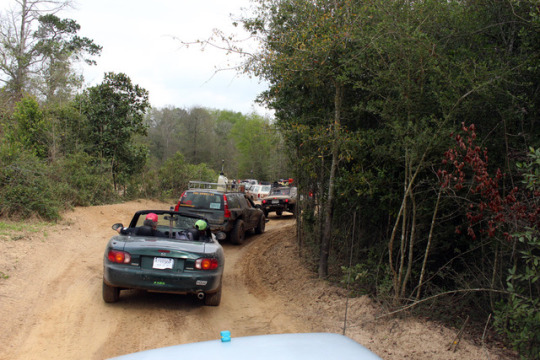


Took the Saab 95 to the Texas Gambler 500. At 50 years old, it was the oldest car to participate. We actually did really well off road, only getting stuck once, in deep sand. We didn’t need a tow out, just a little push to get going again.
This car has never been dirtier.
We ended up winning the People’s Choice award, and recieved the “Scepter of Disaster” which we have to give to next year’s winner.
17 notes
·
View notes
Photo
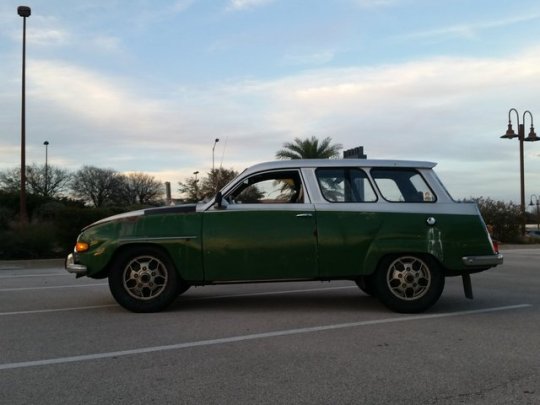

Saab 95 on 195/80 R15 all terrain tires. These will be going on the Baja 96 project at the end of the month. Raises the car a bit over an inch, so ground clearance increases to about 8.5 or 9″
18 notes
·
View notes
Photo

Mock up before I start taking it apart.
Will need to:
*clean fuel tank
*replace hoses and install radiator
*rebuild clutch cylinders
*fix wiring/wire in fog lamps
*replace suspension bushings/balljoints
*install windshield
*replace brake hoses, pads, cylinders, etc.
51 notes
·
View notes
Photo
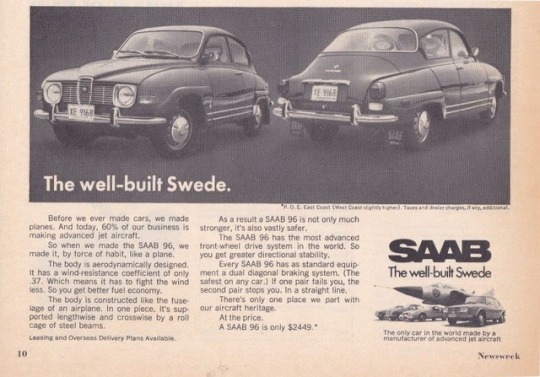
SAAB 96 ad, interesting because it notes the drag coefficient of the 96, which is often incorrectly given online as being the same as that of the SAAB 92. The 92 with its lower roof-line and more gently tapered tail section achieved a drag coefficient of only .30 in 1949, a number which is still impressive even by modern standards. The 96 was reshaped a bit for more interior room and a bigger engine which somewhat spoiled the aerodynamics, bringing the coefficient up to .37, still pretty good by 1960′s standards but not exceptionally so.
9 notes
·
View notes
Photo
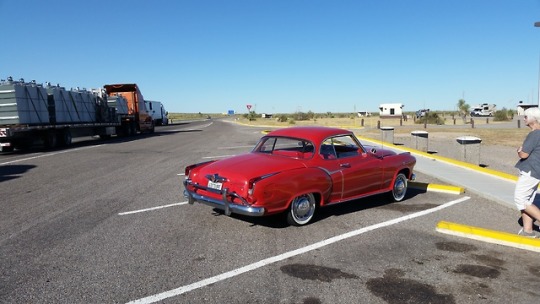
Borgward Isabella coupe I saw last year during my road trip out to California.
17 notes
·
View notes

